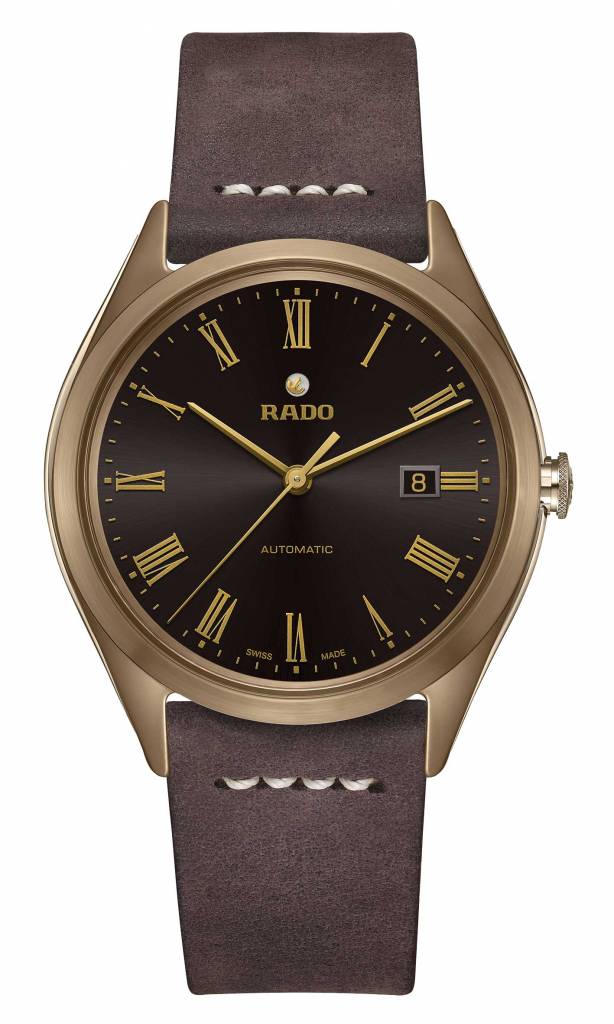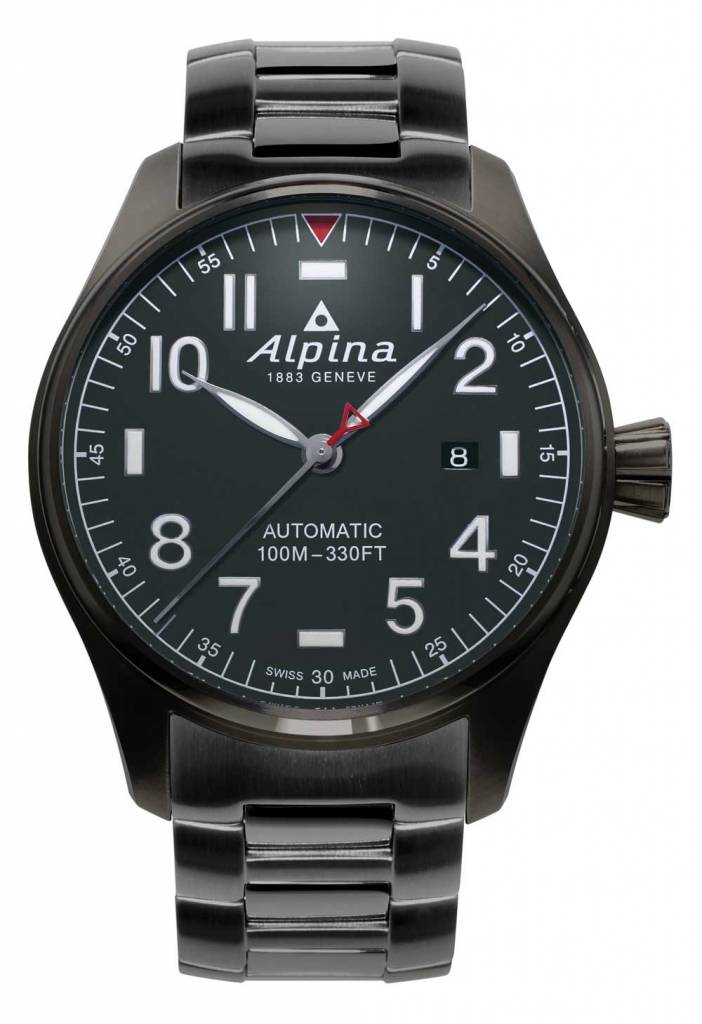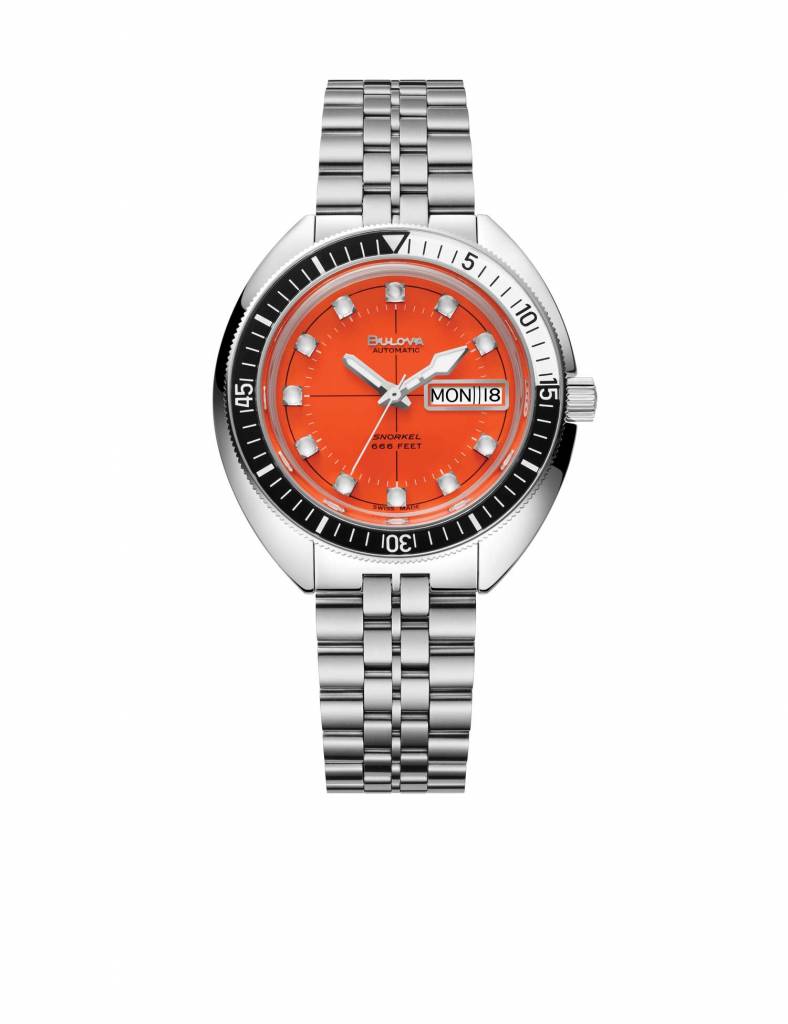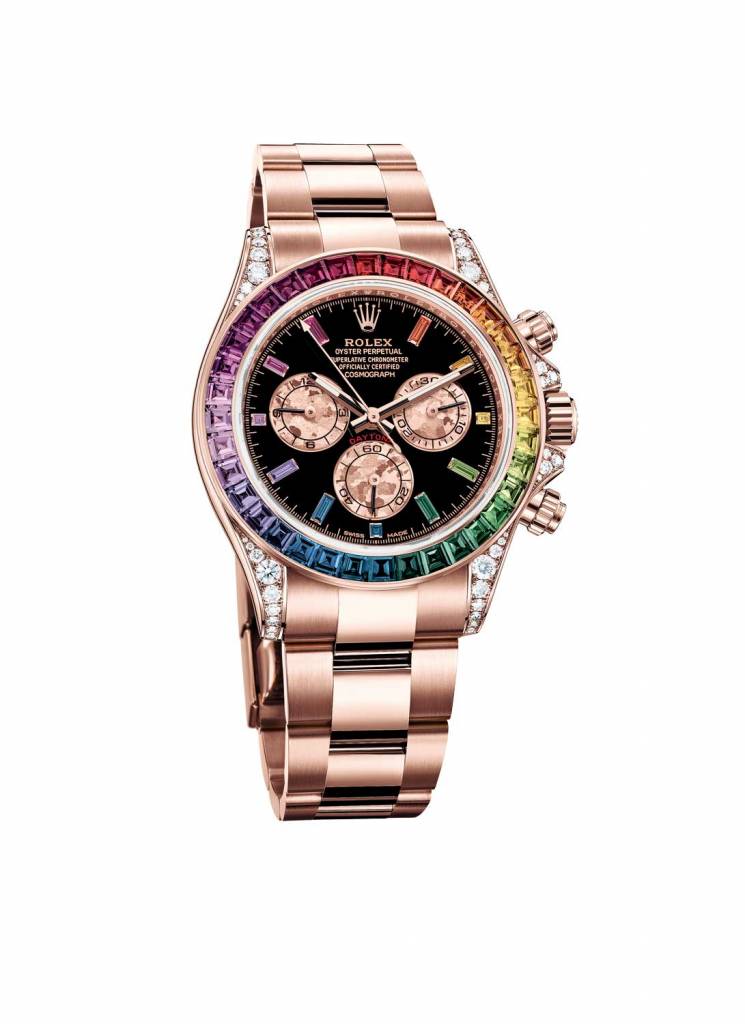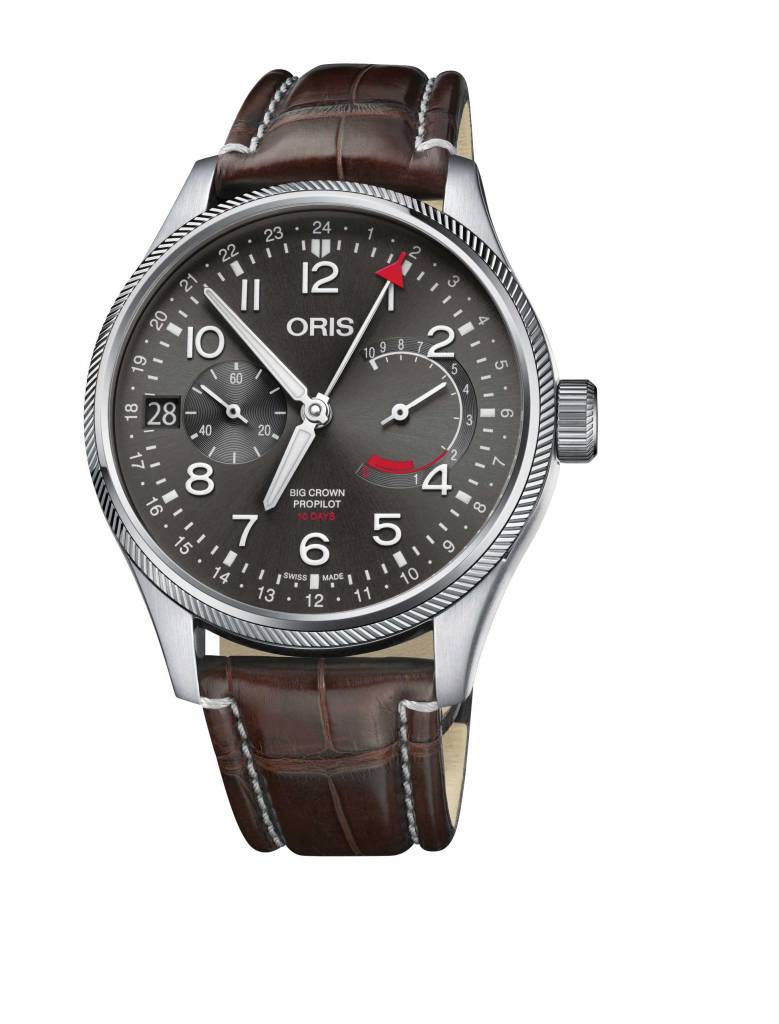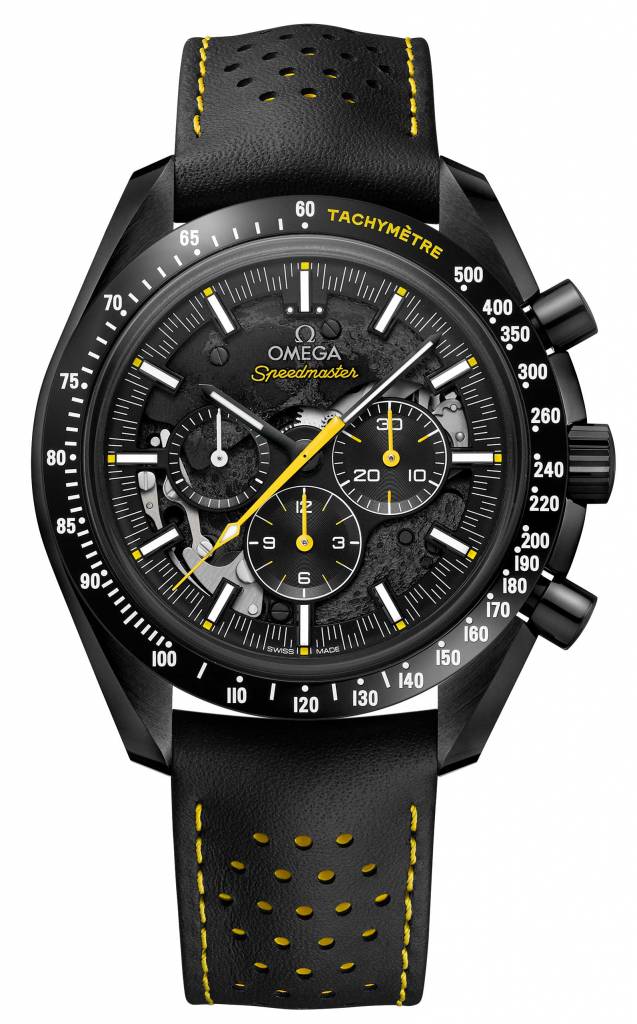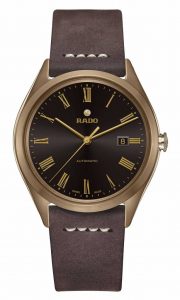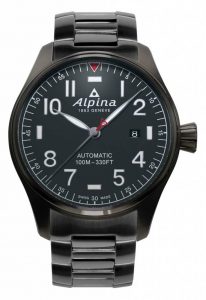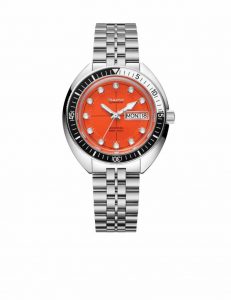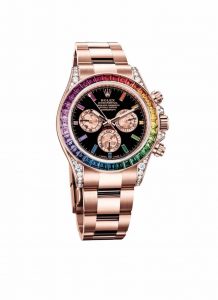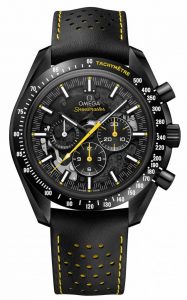Sian Williams, president of Canadian watch distributor Kingsmen, expressed a similar sentiment.
“I believe the difference this year is largely indicative of the exorbitant costs of showcasing your brand in Basel, more so than troubles in the industry,” she said.
This appears to be true, if the latest statistics from the Federation of the Swiss Watch Industry FH are anything to go by. With exports achieving a year-over-year increase of 12.9 per cent in February, the Swiss watch trade, at least, does not appear to be suffering.
Meanwhile, the smartwatch—once hailed as a harbinger of doom for its mechanical counterparts—was largely absent from the show floor, according to a report from Strategy Analytics. Only a handful of wearables were on display.
“It’s like talking about a separate industry,” said Omega’s Aeschlimann. “Customers who love mechanical watches are not buying them because they are more practical than smartwatches. They buy them because they have a story behind them, and because of the exceptional skill it takes to make them. If you think of the difference between a vinyl record and an MP3, the digital file is clearly more practical, but it just doesn’t ignite the same kind of passion.”
Williams agrees, noting traditional watches have staying power the smartwatch lacks.
“Watches really punctuate those milestones in your life that you’re not going to celebrate with just any old thing,” she says. “It might be that you got that promotion, you just had a baby, or your hockey team won the championship this year. It’s not the time for a toaster. Not the time for a cell phone either, because a cell phone is going to be gone in a couple of years.”
That said, as demographics and technology offerings shift, it’s becoming more necessary for watchmakers to reconsider how they sell these evergreen products.


